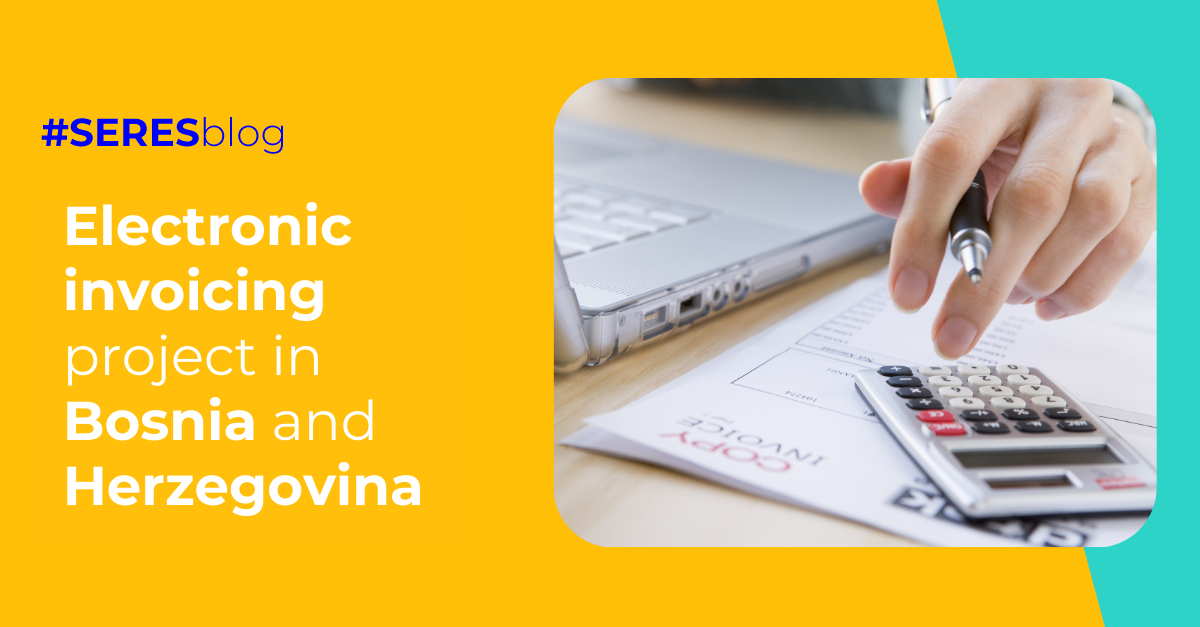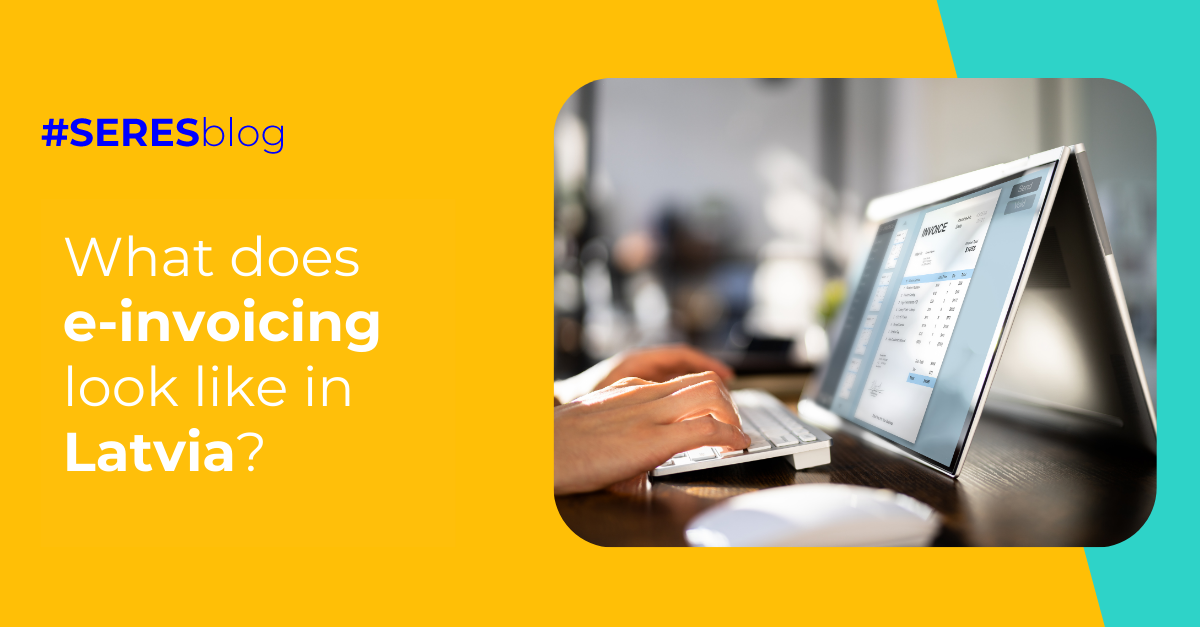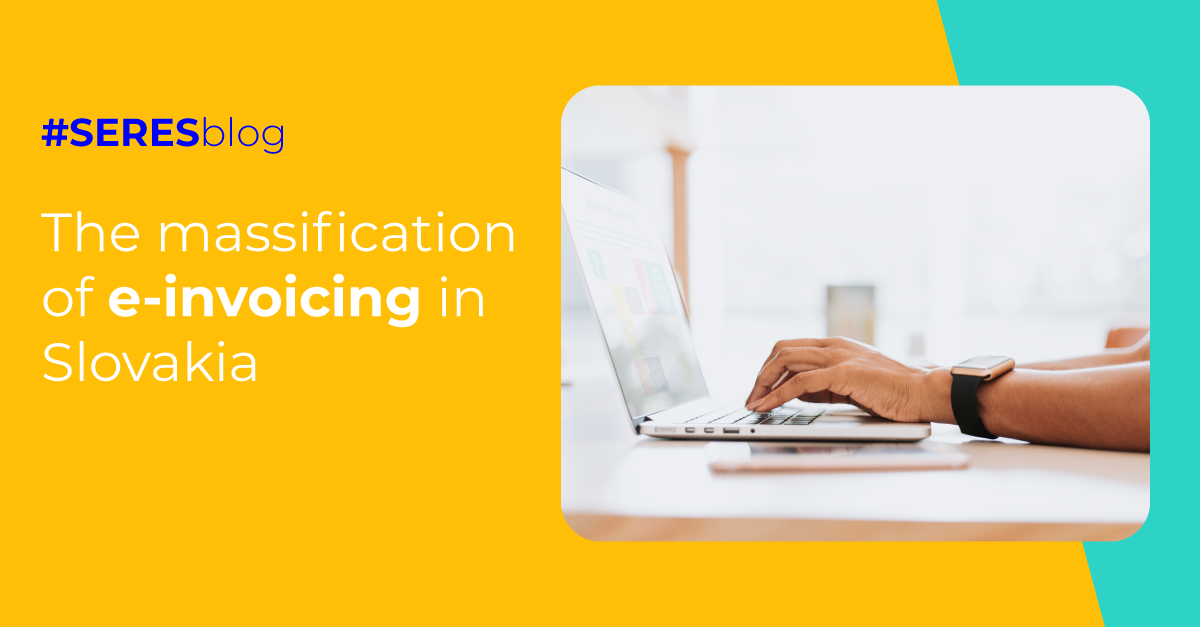Malaysia's e-invoicing regime is now up and running
On 7 December 2025, the Malaysian Inland Revenue Board (IRBM) published version 4.6 of its e-invoicing guide. This new version includes important updates to help businesses start using e-invoicing.
The main new features in this version are:
- Expanded scope. The guide now includes self-assessed invoices, and the criteria for issuing credit and debit notes, and for cross-border transactions, are clearer.
- New exemption threshold. Although taxpayers with an annual turnover of less than RM1 million may voluntarily join the system, they are exempt from mandatory electronic invoicing.
- API updates. New endpoints have been added for real-time invoice validation and cancellation. Authentication via OAuth 2.0 is required.
- Stricter validation and compliance requirements. Enhanced controls on mandatory fields have been introduced, and the rules applicable to invoice cancellation and rejection have been updated.
- Exemptions and special cases are more clearly defined. Guidance is provided that is clearer for exempt sectors, non-taxable transactions and transactions involving government agencies.
In addition, the Malaysian cabinet has approved a significant amendment to the country's e-invoicing timetable. The update introduces two key measures: the minimum threshold for mandatory compliance has been raised to RM1 million and the phase scheduled for 1 July 2026 has been cancelled.
This change means that MyInvoices will be rolled out in a different way, and is the biggest change to the rules since they started in 2024.
Even though some people have been wondering about this recently, the tax authority has confirmed that the 1 January 2026 phase will stay the same. This means that:
-
Companies that make more than RM1 million each year.
-
The electricity sector.
-
The telecommunications sector.
Technical and detailed information on electronic invoicing in Malaysia
On July 9, 2025, the Malaysian Inland Revenue Board (IRBM) published an important update on e-invoicing. The publication clarifies two key aspects:
- You can use the general TIN "EI00000000040" and BRN "NA" when issuing electronic invoices to government entities, including self-invoiced ones.
- The definition of "related company" for the purposes of e-invoicing is the same as the provisions of Section 2 of the Investment Promotion Act of 1986.
Twelve days later, the Malaysian tax authority (HASiL) announced its electronic bulletin No. 4/2025, explaining the main tax developments and compliance requirements that will take effect in 2025.
Here are some of the most interesting things:
- There are new ways to send and receive invoices electronically. One example is the MyInvoice e-Pos system. This system is designed to help small and medium-sized businesses comply with electronic invoicing requirements in Malaysia under MyInvois.
- We are starting free meetings and online events to help taxpayers in the area.
On September 12, 2025, the Malaysian Inland Revenue Board (IRBM) published the latest version of its Specific Guide on Electronic Invoicing (version 4.4). This new version expands the scope of mandatory electronic invoicing.
Starting January 1, 2026, two new categories will be required to issue electronic invoices:
- Electricity sector: distribution, supply, or sale of electricity.
- Telecommunications sector: postpaid plans, internet subscriptions, and the sale of electronic devices.
Timetable for the introduction of e-invoicing in Malaysia
On August 1, 2024, Malaysia made electronic invoicing mandatory. The first people to be required to comply were taxpayers with a turnover of more than MYR 100 million, as part of a "soft launch." However, they did not submit their e-invoices to the responsible authority until September 7.
In addition, taxpayers who chose to use the MyInvois system were able to get money back for technology and IT expenses related to electronic invoicing.
Starting January 1, 2025, taxpayers with annual revenues between 25 million and 100 million MYR must use electronic invoicing.
In this second phase, electronic invoices must be submitted in XML or JSON formats. You must submit these documents:
- Electronic invoices, consolidated electronic invoices, and self-billing invoices.
- Electronic credit note invoices.
- Electronic debit note invoices.
- Reimbursement of electronic invoices.
On February 1, the "soft launch" ended and penalties began. Starting today, all taxpayers in the first group must follow the new rules about electronic invoicing in Malaysia.
The government also extended the deadline for companies to start using electronic invoicing during its second phase. Starting in 2027, B2C transactions via e-Receipt will be required.
So, these are the cut-off dates and deadlines for the phases starting on 1 July:
- 1 August 2024: Taxpayers with an annual turnover exceeding RM100 million (approximately US$21 million).
- 1 January 2025: Taxpayers with an annual turnover exceeding RM25 million (approximately US$5 million).
- 1 July 2025: Taxpayers with a turnover of more than RM5 million, with a gradual rollout over six months.
- 1 July 2026: Taxpayers with an annual turnover of between RM1 million and RM5 million, with a gradual rollout over six months..
Malaysian e-invoicing model
The model for e-invoicing in Malaysia will be the Continuous Transaction Control (CTC). In addition, a PEPPOL option will be offered for this invoice exchange and a QR code must be included on the invoice sent to the customer.
Taxpayers have two options for sending and receiving invoices, depending on their business needs and specific situation: the MyInvois portal, a free portal provided by the IRBM that is accessible to all taxpayers and those who need to issue electronic invoices in Malaysia when no API connection is available, or the API.
This is an application programming interface (API) that connects the taxpayer's system with MyInvois. It requires an initial investment and some adjustments to the taxpayers' existing systems. The API is particularly suitable for large taxpayers or businesses with a significant volume of transactions.
What is the process for issuing and receiving e-invoices in Malaysia?
The e-invoice exchange process in Malaysia comprises six steps. Firstly, the supplier creates an e-invoice when a transaction is made and shares it with the IRBM through the MyInvois Portal or API for validation. Secondly, the e-invoice is validated. The IRBM performs validation of the e-invoice almost in real-time to ensure compliance with necessary standards and criteria. Upon validation, the supplier will receive a unique identification number from the IRBM, ensuring traceability.
Notification of the validated e-invoice follows. Once the e-invoice has been validated through the MyInvois Portal or the APIs, the IRBM will inform both the supplier and the buyer.
The supplier is then obliged to share the validated e-invoice (with a QR code) with the buyer. The QR code can be used to validate the existence and status of the e-invoice via the MyInvois Portal.
After the e-invoice has been issued, the buyer is given a specific period of time to request rejection or for the supplier to cancel the e-invoice.
Both requests must be accompanied by justifications. Additionally, the supplier and the buyer can access a summary of the e-invoice transactions through the MyInvois Portal.
SERES is a leader in international electronic invoicing. It is the ideal partner to help companies adopt electronic invoicing. SERES ensures that companies comply with the required systems and models. It also ensures security, traceability, and efficiency in all transactions.
Furthermore, in similar projects, such as DISAN, SERES has coordinated electronic invoicing deployments in different jurisdictions, ensuring simultaneous compliance, traceability, and document consistency. This experience is a prerequisite for those working in CTC models, such as the Malaysian one.



